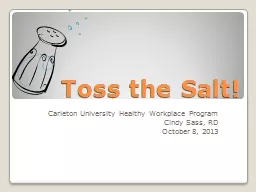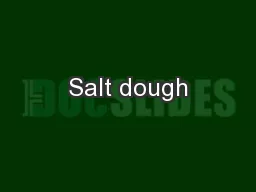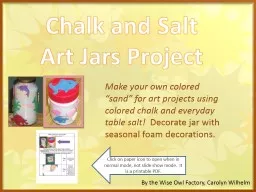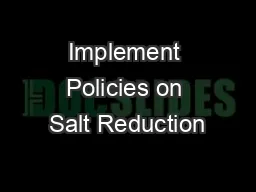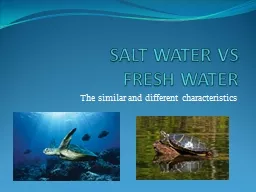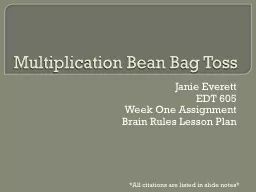PPT-Toss the Salt!
Author : briana-ranney | Published Date : 2017-01-19
Carleton University Healthy Workplace Program Cindy Sass RD October 8 2013 Whats the worry with salt High Blood Pressure Hypertension 1 out of 5 Canadians have
Presentation Embed Code
Download Presentation
Download Presentation The PPT/PDF document "Toss the Salt!" is the property of its rightful owner. Permission is granted to download and print the materials on this website for personal, non-commercial use only, and to display it on your personal computer provided you do not modify the materials and that you retain all copyright notices contained in the materials. By downloading content from our website, you accept the terms of this agreement.
Toss the Salt!: Transcript
Download Rules Of Document
"Toss the Salt!"The content belongs to its owner. You may download and print it for personal use, without modification, and keep all copyright notices. By downloading, you agree to these terms.
Related Documents

